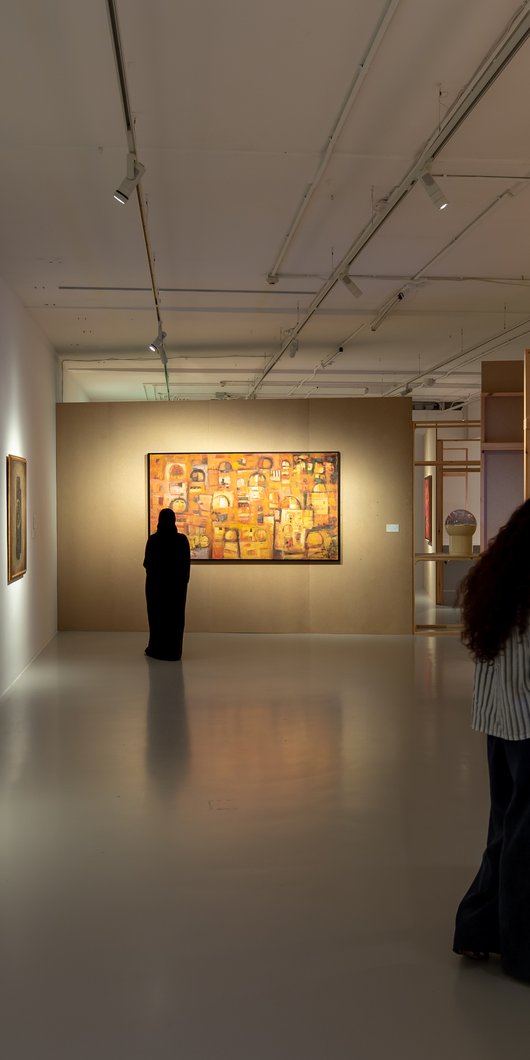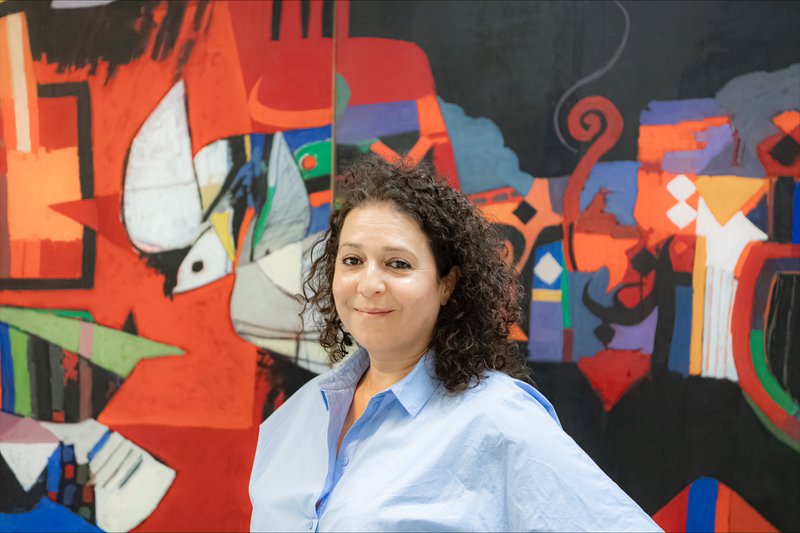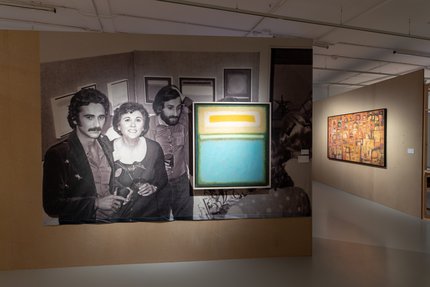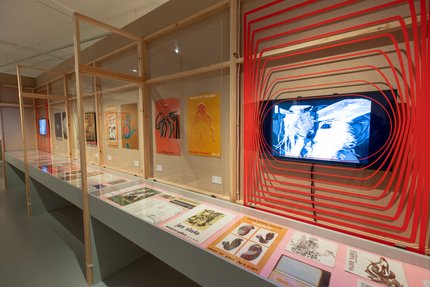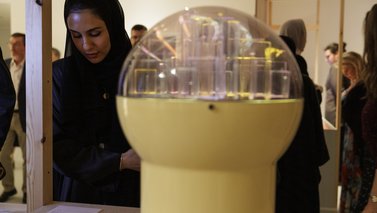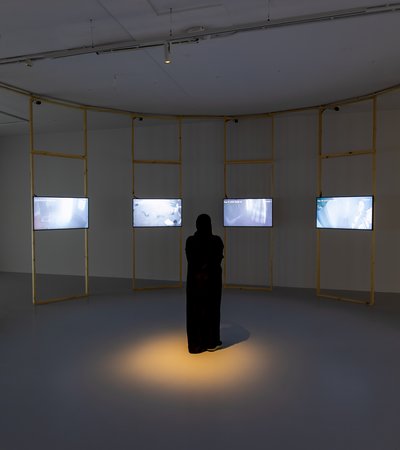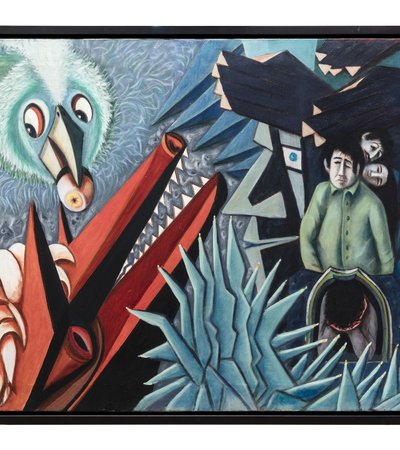Beirut and the Golden Sixties: A Manifesto of Fragility, on view at Mathaf: Arab Museum of Modern Art until 5 August, explores the vibrant art scene of Lebanon in the 1960s. Curated by Sam Bardaouil and Till Fellrath, the critically acclaimed exhibition is drawing record numbers of visitors to the museum. We spoke to Mathaf’s director, Zeina Arida, to discuss the special resonance that the exhibition has with the public as well as with the museum’s permanent collection and her vision for the future.
Q. This exhibition was previously presented in Lyon and in Berlin. Why was it important to bring it to Doha — particularly Mathaf?
Arida: There are several compelling reasons why the exhibition is being presented at Mathaf. First, there is a personal connection between myself and the exhibition, as well as with the artworks, the art scene and my own story. Many of the artists featured in the exhibition were part of the Sursock Museum collection, where I previously served as director, and I was involved in conversations with the exhibition's creators during my tenure. As a result, there are some loans from the Sursock Museum included in this exhibition.
Another reason why this exhibition is particularly interesting for Doha and Mathaf is that it aligns with my vision for working with the collection and engaging the audience. The exhibition adopts a multidisciplinary approach and presents multiple narratives, placing a strong emphasis on the stories behind the artworks. This focus on storytelling is crucial and relevant to the exhibition's impact.
Furthermore, the exhibition holds a particular resonance because it is curated by Sam Bardaouil and Till Fellrath, who curated one of Mathaf's inaugural shows, Told | Untold | Retold (30 December 2010 – 13 February 2011). This groundbreaking exhibition invited 23 artists to create new works, making it a reference point not only for Mathaf but also for the Arab world.
